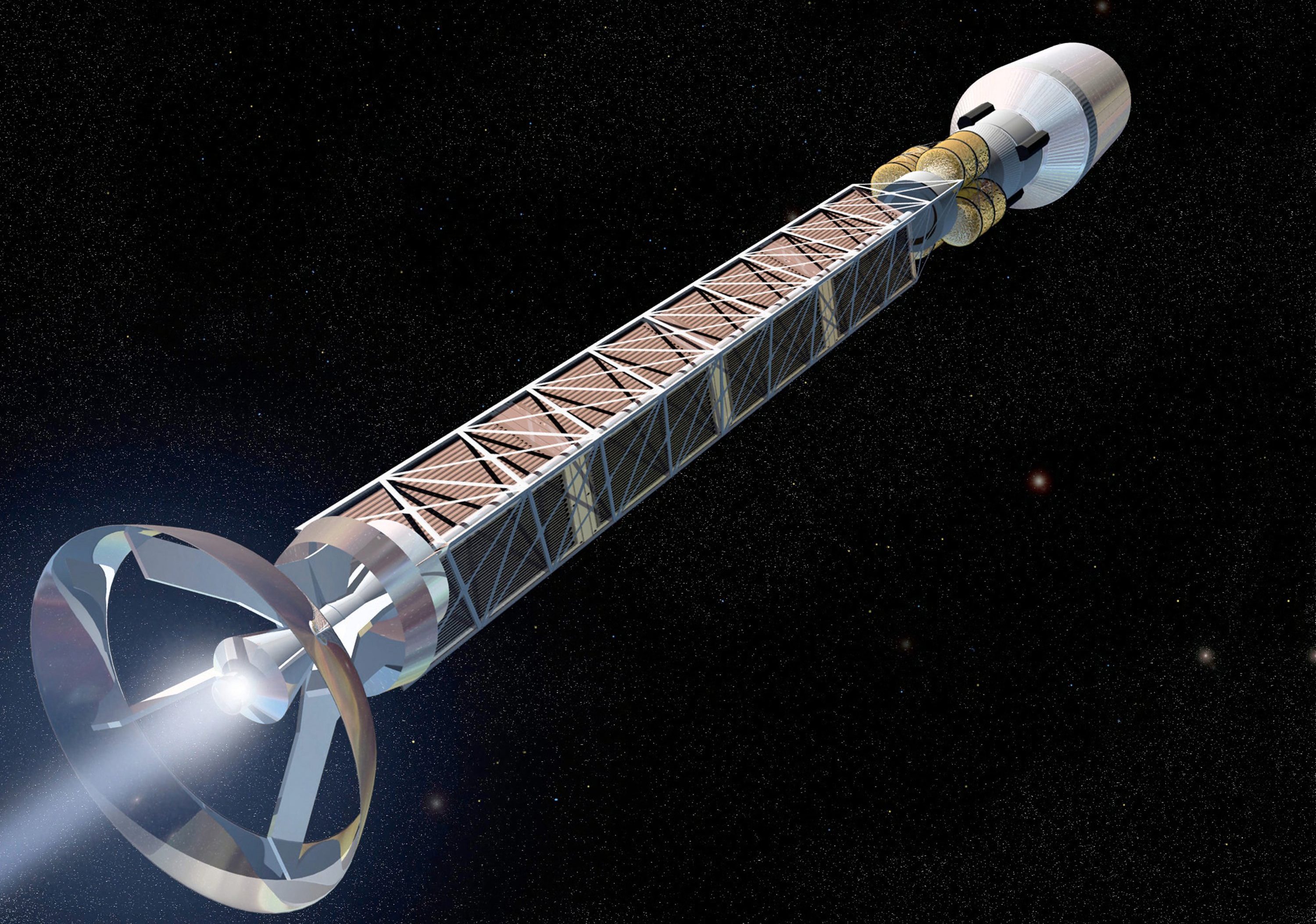NASA's Perseverance Rover has made significant strides in recording its adventures on Mars, shedding light on the planet's geological history while exploring the ancient Jezero Crater. This article delves into the numerous scientific missions undertaken by the rover, its journey through various campaigns, and the technological innovations that enable it to function effectively in the harsh Martian environment.
Introduction
In February 2021, NASA's Perseverance Rover landed in the Jezero Crater, a location selected for its potential to reveal signs of past life on Mars. The site was chosen largely due to the presence of an ancient lake bed, indicated by distinctive delta formations, which suggest that it may have harbored microbial life in its history. The rover's mission, part of the larger Mars 2020 program, involves collecting samples and conducting detailed analyses of the Martian surface to prepare for future human exploration.

Mission Objectives
The Perseverance rover's primary goals are to:
- Explore the Jezero Crater: Analyze the regolith and geology for signs of ancient life and collect rock samples.
- Conduct Astrobiological Research: Search for biosignatures and assess the past habitability of Mars.
- Utilize Advanced Technologies: Employ innovative scientific instruments for in-situ analysis, such as the SHERLOC and PIXL instruments.
- Prepare for Future Human Missions: Test new technologies for upcoming manned missions to Mars.
The Journey Begins
Following its successful landing, Perseverance embarked on its initial science campaign termed the "Crater Floor Campaign," aimed at understanding the landscape surrounding the landing site. This campaign involved collecting and analyzing samples from the various geological features of the crater. Below is an overview of the rover's major missions to date:
Science Campaigns Overview
| Campaign | Duration | Objectives |
|---|---|---|
| Crater Floor Campaign | February - April 2021 | Identify geological features and collect environmental data. |
| Fan Front Campaign | May - August 2021 | Explore delta fan and collect rock samples. |
| Upper Fan Campaign | September - December 2021 | Investigate different samples from higher altitudes. |
| Margin Unit Campaign | January - March 2022 | Focus on the geological transitions between units in Jezero. |
| Northern Rim Campaign | April 2022 - Present | Study the northern terrain and gather samples from multiple outcrops. |
Technologies in Action
One of the key components of the Perseverance Rover is its suite of advanced scientific instruments, designed to provide comprehensive data regarding the Martian environment and geology. The rover is equipped with:
- SHERLOC: (Scanning Habitable Environments with Raman & Luminescence for Organics & Chemicals) - used for detecting organic compounds.
- PIXL: (Planetary Instrument for X-ray Lithochemistry) - identifies and quantifies elements within rock and soil samples.
- MOXIE: (Mars Oxygen In-Situ Resource Utilization Experiment) - aims to produce oxygen from Martian carbon dioxide.
- MEDA: (Mars Environmental Dynamics Analyzer) - monitors weather conditions on Mars.
Exploration of the Jezero Crater
As Perseverance delves deeper into its exploration of the Jezero Crater, its findings have begun to paint a clearer picture of the ancient Martian environment. The rover's examination of the delta features and surrounding areas has revealed critical data regarding:
- Geological Composition: Analysis of rock samples has provided insight into the mineralogy and history of water presence in the crater.
- Climate Conditions: Data from MEDA compares current Mars conditions to those inferred from past geological processes.
- Potential Past Life: The search for microbial fossils is ongoing, which could indicate that life once existed on the planet.
“The wealth of data being collected allows us to piece together ancient geological events and assess the habitability of Mars over billions of years.” – Dr. Ken Farley, Perseverance Project Scientist.
Future Directions
As the Northern Rim Campaign progresses, it is expected that Perseverance will encounter diverse geological features, which include:
- Volcanic Rocks: Investigating areas related to volcanic activity may shed light on Mars' geological history.
- User Survey: Engaging with scientists and leveraging collective expertise to interpret findings.
- Sample Collection: Collecting geological samples that will be stored for potential return to Earth by future missions.
Future Missions
Future missions will pivot on the following objectives:
- Further investigation of Delta formations.
- Preparing for the Mars Sample Return mission, focusing on the collection and potential return of Martian samples to Earth.
- Continued technological demonstrations, enhancing capabilities for human missions.
Conclusion
NASA's Perseverance Rover is at the forefront of Mars exploration, providing invaluable data that could transform our understanding of the planet and its potential for life. Its advanced tools and thorough approach are paving the way for future human exploration and ongoing inquiries into Mars' climatic and geological history.
For More Information
For further reading on NASA's Perseverance Rover, visit:
Stay updated on the latest findings from Mars and the ongoing research fueled by the Perseverance Rover by following various platforms. For detailed insights into space and astronomy, always refer back to Universe Today.




